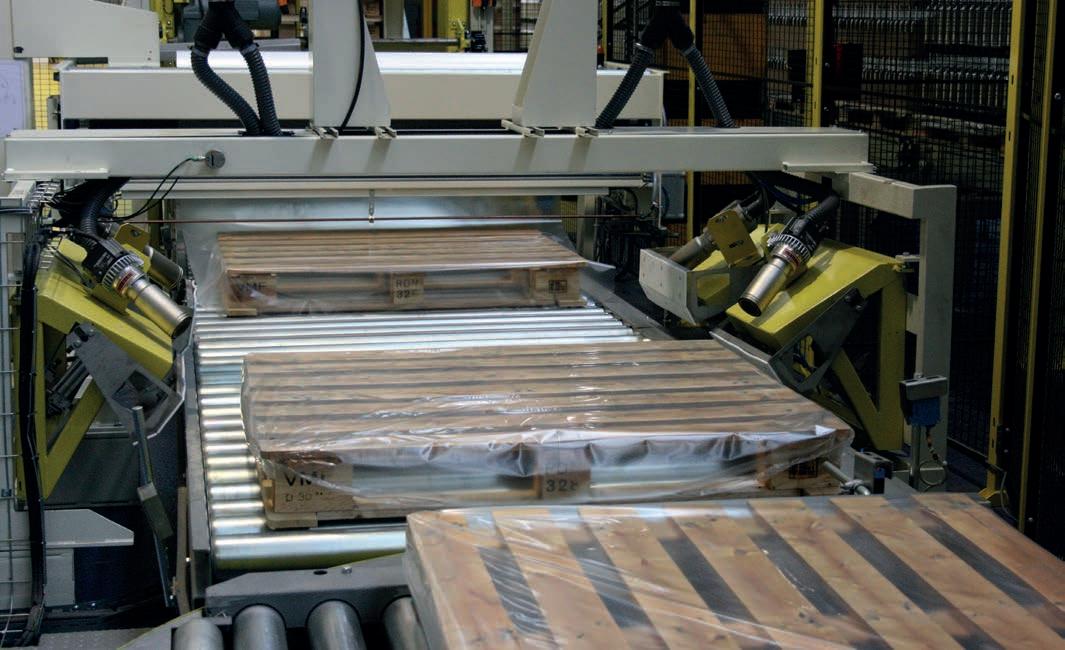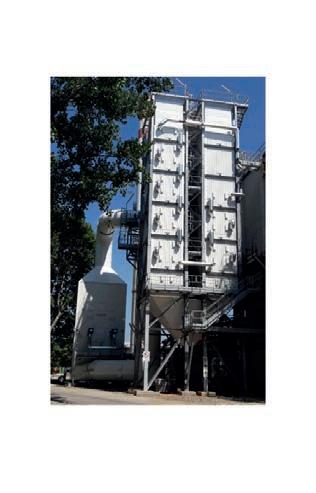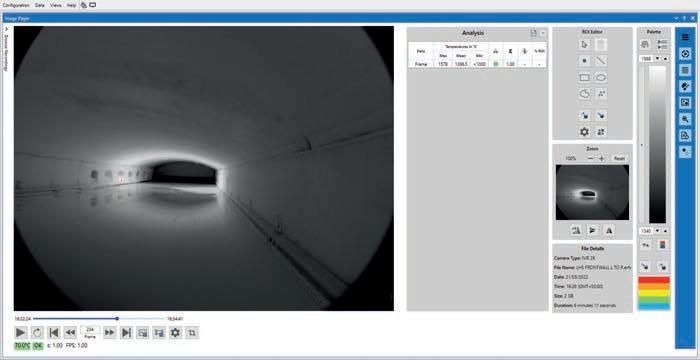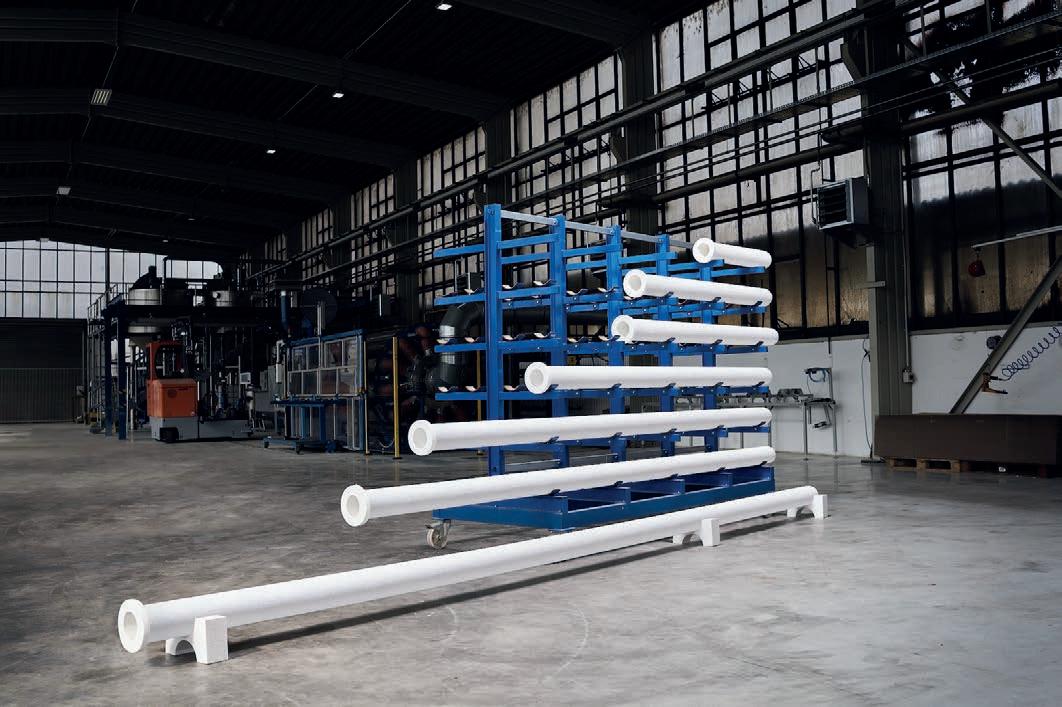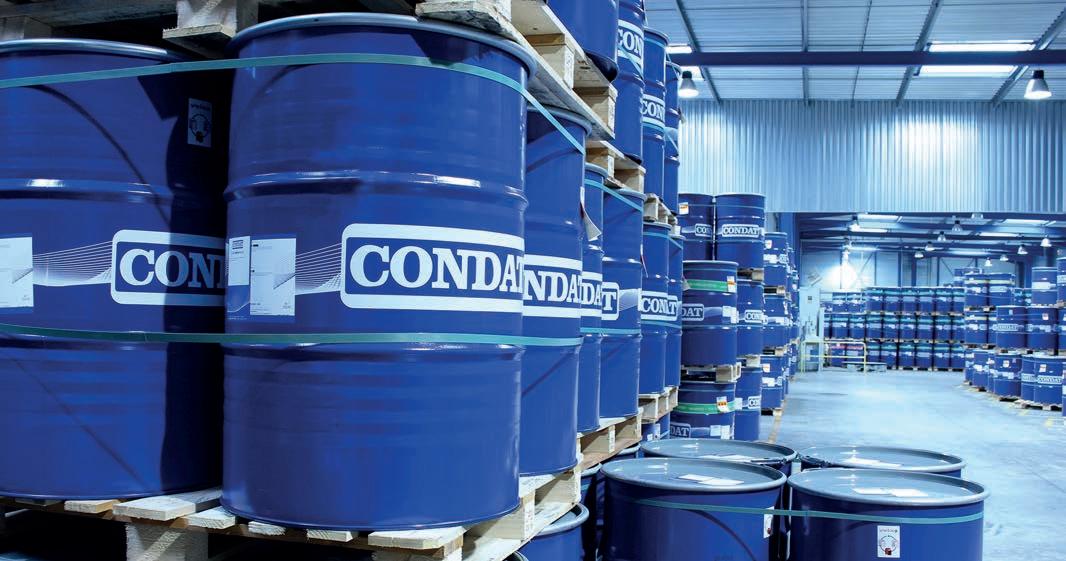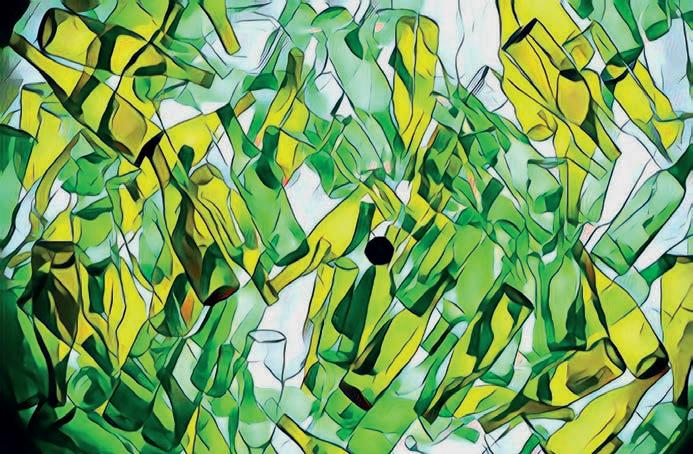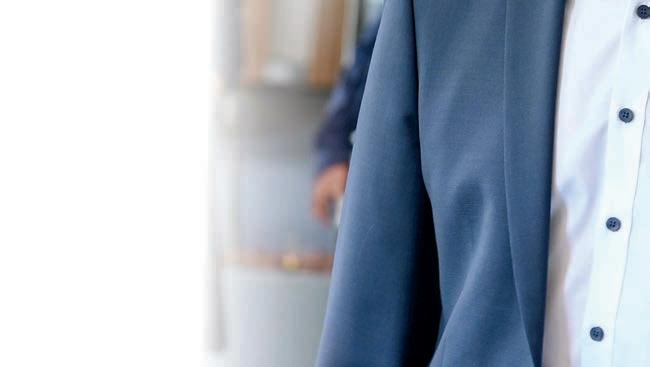
10 minute read
Digitalisation: Siemens
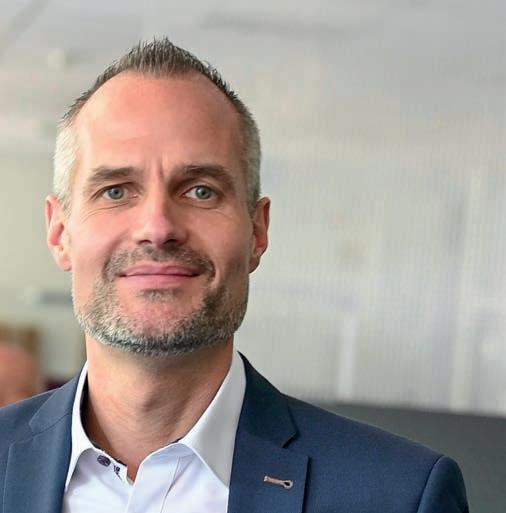
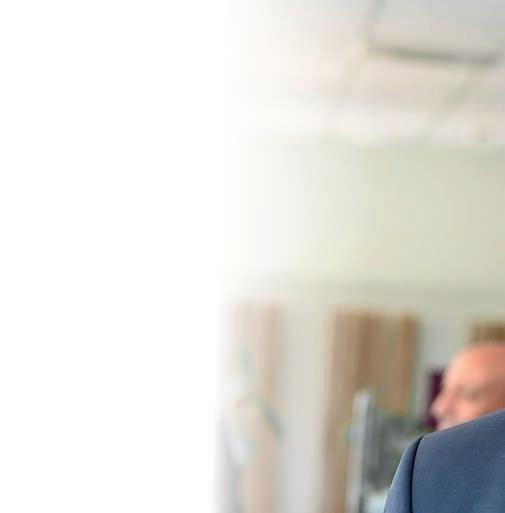
The glass industry is focusing on sustainability more than ever, and on saving energy in particular. Tobias Wachtmann* provides insights into how automation and digitalisation solutions can strengthen the industry in its present situation.
Tobias Wachtmann, Head of Glass & Solar business at Siemens. Image source: Siemens.

Digitalisation could provide solutions for the industry’s sustainability goals
The Siemens Glass Team is based in Karlsruhe, Germany. The team is refreshingly different and united in its passion for glass and glass manufacturing. What motivates us is the fact that we’re able to make a difference in the industry. By “us” I mean a complex network of international colleagues. For example, colleagues in Erlangen, Germany, who provide machine builders in the glass industry with perfectly customised automation and drive solutions. Siemens is in constant contact with stakeholders who are similarly motivated, which includes glass manufacturers, processors, machine builders, plant section suppliers, planners, system integrators, technology companies, and even representatives in research, science, and professional associations. Innovations can only be advanced and implemented in the broader context of the entire glass industry ecosystem. At Siemens, we’ve summarised this approach in the motto: “Clear view on glass.”
Our approach is to interact with all industry representatives on an equal footing. To do this, we need to acquire a clear view of what the individual stakeholders are concerned about, drawing on our profound knowledge of the industry and as experts in the fi elds of automation, digitalisation, and security as interdisciplinary issues. The “clear view” also means an increasing reliance on data rather than experience. In other words, clarity through data, which fi rst must be collected, then evaluated, and fi nally interpreted.
In the International Year of Glass, we’re looking forward to having attention drawn to an essential industry whose products are often taken for granted much like the air we breathe – or are even totally unknown. We all drink without putting too much thought into the glass we drink from; we all look out the window – but the fact that an airbag has a glass seal or that a space telescope relies on this same miraculous material isn’t common knowledge.
We’re also hoping to highlight many technological refi nements, from the nano effect and integrated electronic shading and targeted light to radio wave transparency in panes and all the different types of glass. It’s also more important than ever that as representatives of the industry we call attention to how sustainable glass is, especially through recycling. Close to 100% of the material can be reused in the manufacture of new glass products, and recycled glass currently accounts for up to 90% of the raw material used in a glass melt. This also signifi cantly reduces energy requirements.
Digitalisation
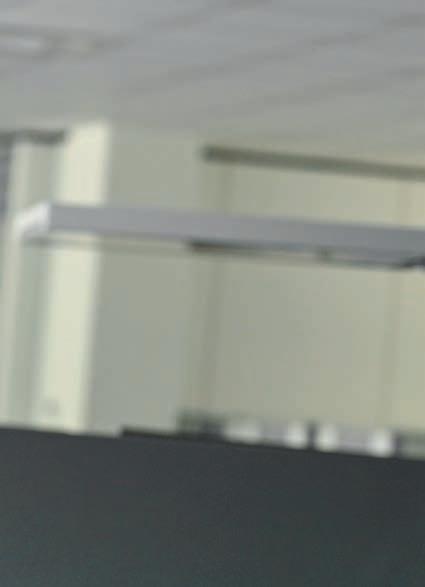
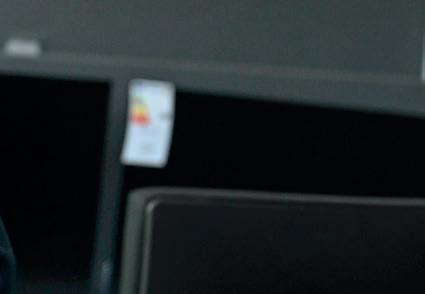
meetings have become rare. However, rather than hindering Siemen’s business activities, this period inspired a lot of activity. It acted as a catalyst for practicing new and even more digitally-oriented processes.
Our regular interactions with customers, partners, and professional associations are essential to our everyday work. They’re the only way we can translate desires into solutions. There are two sides to interacting on a screen. On the one hand, we no longer had to prepare for trips, and travel time was eliminated, which made us more fl exible and effi cient.
On the other hand, our work intensifi ed: a project meeting with Chinese customers in the morning, virtual participation in a glass conference in England in the afternoon, and countless team meetings in between.
The challenge was to provide the usual depth of information, because the length of video calls is usually limited and their content is often fi xed. If we wanted a thematically fl exible and creative conversation like those we might have at a watercooler or at business lunches, we had to schedule a separate meeting.
Digitalisation solutions are also delivering measurable benefi ts for customers. For example, specialty glass manufacturer Schott was planning a new construction to expand plate-glass production at its site in Bolu, Turkey.
Using simulations, the company was able to rethink and calculate processes, material fl ows, logistics workfl ows and, most importantly, all what-if scenarios beforehand. The experts benefi ted from their own experience and from Siemens’ Tecnomatix Plant Simulation software. With a virtual twin of an entire production plant, Schott was able to prevent misdirected investments and save resources.
Another example from Schott is when the company linked numerous simulation tools together prior to building a new machine. Before the loader of raw glass for the ceramic-glass cooktop production process was built, Schott used digital twins to simulate engineering and control as well as a behavioural model, kinematics, and machine commissioning. The abundance of benefi ts that resulted are literally paying off. This project was the fi rst time Schott linked its existing and proven Process Simulate robotics simulation software to Create MyVirtual Machine/Operate software, which was new to Schott.
Simit software from Siemens – which already had a long track record at Schott – served as the link between Create MyVirtual Machine/Operate and Process Simulate. More developments by the machine builders and plant engineers themselves ensure that glass manufacturers can take advantage of signifi cant innovative advances, as the examples of Forvet, Sklostroj, and Fama demonstrate.
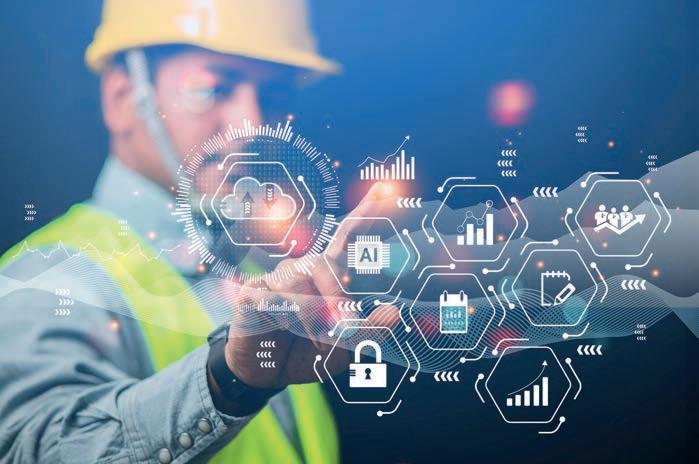
Automation
To conserve energy, all improvements must be based on a consistent, endto-end, state-of-the-art technological foundation of production. Integrated automation is practically a necessity – it’s not optional. For example, WiegandGlas, which is located in Schleusingen, Germany, and is one of Europe’s most advanced container-glass factories, relies on an integrated automation concept that employs Siemens’ Simatic PCS 7 process control system. With this foundation, a variety of software-based solutions can be implemented: for example, to increase energy transparency and effi ciency. This isn’t applied across the board as a panacea but only after an analysis is performed. Each company has its own goals and requirements, so our aim isn’t to sell specifi c software but rather to provide our customers with comprehensive advice on what technological resources make sense given their objectives.
With so many options, fi nding the right solution for customers can be a complex issue. We recommend that our customers start by taking part in what we call Digitalisation Consulting. We meet in workshops and closely examine the company’s goals and market requirements. Are they looking for more fl exible production Greater effi ciency Reduced costs Higher quality and or sustainability Our teams apply all their experience in a comprehensive discussion of these issues. They combine industryspecifi c knowledge on everything from raw materials to the fi nished product with expertise that extends to the fi eld, automation, process, and corporate management levels and includes specifi c associated IT requirements.
Our customers also benefi t from a broad-based partner network. Just look at the examples of Horn Glass, Zippe, and Grenzebach, with whom we’re working closely on future issues. The above consulting results in the creation of a digitalisation roadmap that examines, highlights, and evaluates specifi c requirements, business models, and existing infrastructures (IT and OT).
The digital transformation can then proceed based on the roadmap’s plan. In addition to digitalisation options,
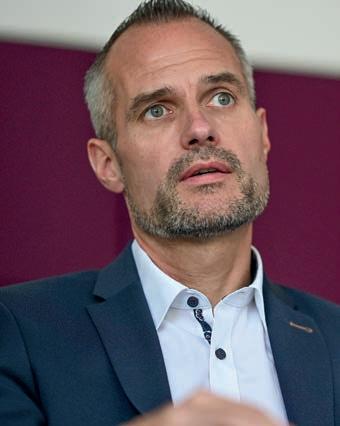
it also contains ROI calculations. The completion of the roadmap signals the transformation into a digitally operating glass company.
On our part and at the customer’s request, we offer an integrated solution portfolio comprised of hardware, software, communication, security, and services. Many customers have already traveled this path with us, including Guangdong Huaxing Glass in China and Steklarna Hrastnik in Slovenia.
The glass packaging manufacturer Vetropack, for example, wanted to implement a uniform and connected energy management system in addition to energy procurement. Its requirements ranged from planning and strategic procurement to recording consumption and auditing, all of which could be covered by our holistic approach using the Simatic Energy Manager PRO energy management system and add-ons for the structured procurement of energy.
The Austrian glass manufacturer Stoelzle is having similarly positive experiences with the software. The company’s goal was to reduce energy consumption by 20%. According to Stoelzle, knowledge provided by the system alone was responsible for a three to five percent reduction.
Decarbonisation
Decarbonisation is essential. It’s important that we actively develop melting technologies that aren’t dependent on gas or oil. A carbon-free economy requires a consistent conversion from fossil fuels to alternative energies without endangering the security of supply: for example, by making sure that storage media are available. This is an extremely complex task. Take the examples of our customers WiegandGlas and Heinz-Glas in Bavaria: HeinzGlas assumes that it could become less dependent on the energy market if it owned 10 wind turbines. Although this sounds realistic on the surface, it hits a wall in terms of scaling.
Based on its own data, WiegandGlas calculates that it would need 100 wind turbines. Taken together, the glass companies in the region around HeinzGlas and Wiegand-Glas alone consume enough electricity to power a city of 400,000 inhabitants. Because these furnaces operate around the clock, wind energy also needs to be stored to cover windless days.
This is where hydrogen comes in,
Image source: Siemens
Tobias Wachtmann has overseen the global Glass & Solar business at Siemens in Karlsruhe, Germany, since June 2020. The 46-year-old began his career with the company in 2000. After training in industrial technologies, he occupied many positions in sales at the Siemens subsidiary in Cologne. In 2012, he transferred to the process industries headquarters in Karlsruhe, where he began enthusiastically supporting customers in the glass industry. Since 2017, he’s worked in Vertical Glass & Solar, specialising in Account Development.
although its production also requires electricity from renewable sources or natural gas. Despite the obstacles, this was the path chosen by our Slovenian customer Steklarna Hrastnik.
The company uses solar energy to generate green electricity for producing and storing hydrogen, which is added to the natural gas used for the glass melt.
Steklarna Hrastnik’s goal is to replace 50% of its primary fuel with hydrogen, which would reduce its greenhouse gas emissions by about 20% in the medium term. We see these as promising initiatives that need to be promoted in collaborations with research, business and politics.
Sustainability also means safeguarding jobs. The German machine builder Waltec is an example of how a win-win situation can be turned into a win-winwin situation.
For decades, the company has been innovating its glass presses side by side with Siemens. As a result, it’s been able to offer glass tableware manufacturers like Trend Glass exactly what they need: sustainable concepts like fully electric e-servo presses.
Since Trend Glass has been using the fully electric version, employees have been working in a healthier environment, thanks to the absence of oils. They’re also finding it much easier to operate the less complex machines.
Emissions software
Siemens developed an ecosystem-based approach for exchanging emissions data. At the end of 2021, we launched our first solution for querying, calculating, and transferring information on the actual product carbon footprint (PCF).
SiGreen makes it possible to exchange emissions data along the supply chain and combine it with data from a company’s own value creation to obtain a product’s true carbon footprint. To achieve this, Siemens initiated the open, cross-industry Estainium network with the goal of enabling manufacturers, suppliers, customers, and partners to exchange trustworthy PCF data.
With SiGreen to support them in tracking their product carbon footprint, companies can take targeted reduction measures that deliver a quantifiable effect. Because the fact is, the supply chain accounts for a major proportion of product-related emissions.
Scope 1 covers direct emissions from sources that a company owns or controls. Scope 2 covers indirect emissions from the generation of electricity, steam, heat, and cooling that the company buys and consumes.
Scope 3 is all other indirect emissions produced by a company’s value chain.
To limit global warming to 1.5° Celsius, Siemens is committed to a science-based reduction pathway along our entire value chain. This is how we’ll ensure that our climate protection efforts are in harmony with the Paris Climate Agreement’s highest level of ambition.
Our goal is clear: all Siemens production facilities and buildings worldwide will achieve a net zero carbon footprint by 2030. We’re already developing energy-efficient products with a low carbon footprint, from energy-saving motors to fan-less electronics modules and the corresponding procurement of components with an optimised footprint.�
* Head of Glass & Solar business, Siemens, Karlsruhe, Germany https://www.siemens.com/global/en.html



